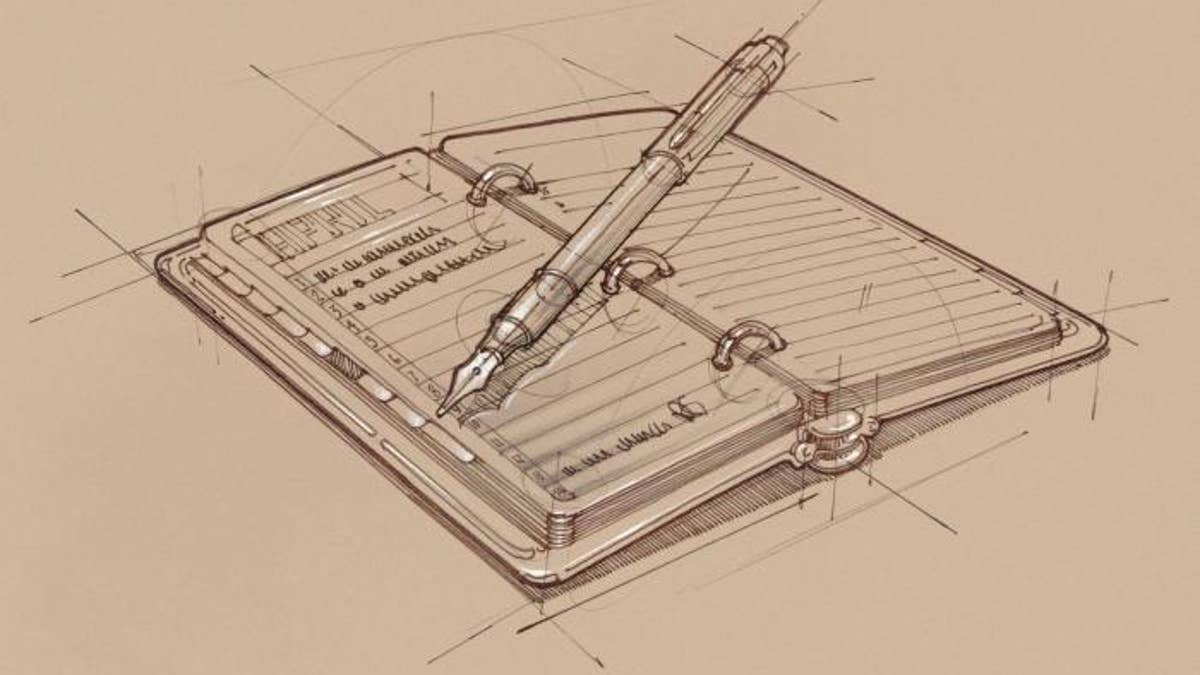
From school lunches and soccer games to office deadlines and boardroom meetings, it can be hard to pencil in time to sleep. This was particularly true in 2009, when the annual survey on American Time Use showed that, on average, Americans spend almost eight hours a day working, two hours on housework and up to five hours on leisure activities. Furthermore, couples with a child under six spend an additional two hours on childcare. Yikes. When a day is broken out into programs, it's understandable to see how stress levels can run high.
With Americans spending most of their time at work, maximizing productivity at the office is of the utmost importance. We went to time management expert Julie Morgenstern, who gave us a to-do list for staying organized during the workday.
1. Get the Right Things DoneTime management is not about whether you're getting things done, it's about whether you're getting the right things done and whether you're feeling good about what you're accomplishing. People usually do things based on urgency, or what they're in the mood for, or something small, quick and easy, just to say they did something. This brings on a false sense of accomplishment no matter how long a task takes.
2. Prioritize Your Tasks Based on Lucrative ContributionsTalk to your boss. What is the company's mission and what will keep it in business? It all comes down to the "revenue line," or the point at which the company saves or makes money. Focus your goals on that. If you can achieve your boss' goals, you'll be in good standing at your company. What's the first step to that revenue line, and the second, and so on and so forth? Will this action immediately make the company money? Are you two steps away from making the company money? Always spend time on what keeps the company safe, and in turn, what keeps your job safe.
When you start with something that is one step from the revenue line, you get a sense of accomplishment and relief, which will fuel your energy. You can do everything else during the rest of the day. When you procrastinate, everything moves slower.
3. Get Your Tools TogetherGet on one single and consistent planner in which you capture 100 percent of the things you do: every meeting, appointment, phone call, project or task. While many choose Outlook, some people prefer a paper planner. If you are a visual and tactile person and you are forced into an electronic system, print out the schedule and hand write your to-dos and calls. I prefer blending work and home in one system. The boundaries between work and play aren't always clear — you may have a conference call with Asia at 11 p.m. — so it's best to have one system for everything.
4. Schedule When You'll Do ThingsThe best time managers know how long a task will take. For every to-do, ask yourself how long will it take. When will you do it? Put your to-do list in your planner, as your list will rarely get done if it's on a separate sheet of paper. If you do that much, your relationship to time and your sense of control will immediately shift. Plus, you will discover your time management flaws and challenges. Maybe you're bad at estimating or you simply have too much to do. Then, you can work on not being such a perfectionist, or becoming a better delegator, or whatever it may be.




















